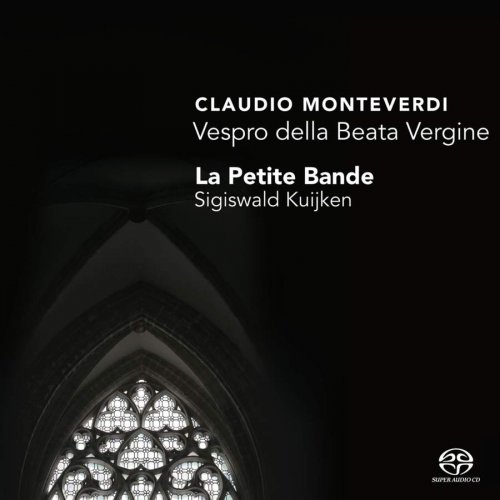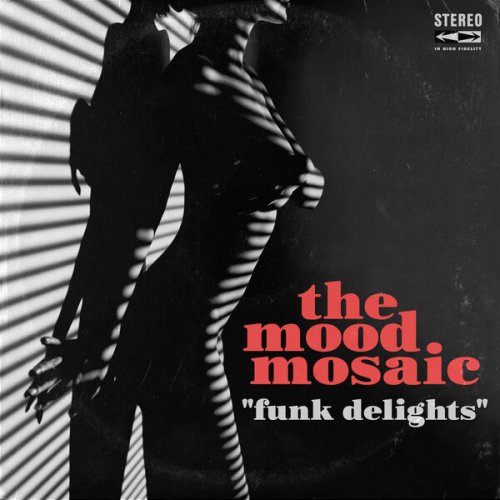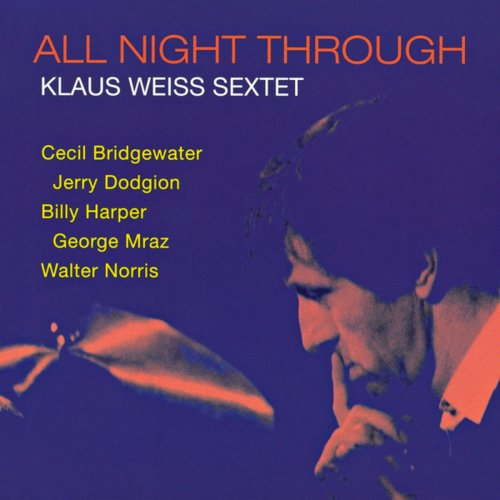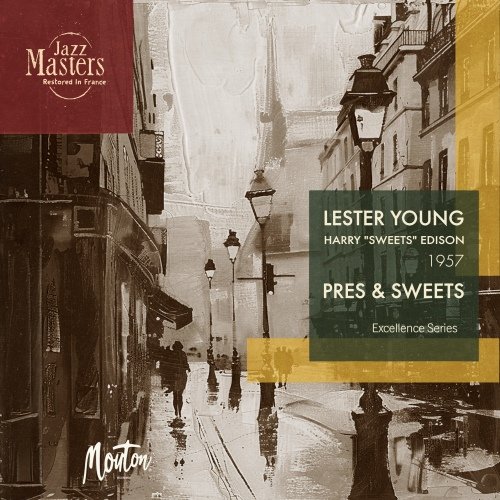La Petite Bande & Sigiswald Kuijken - Monteverdi: Vespro della beata Vergine (1610) (2008)

Artist: La Petite Bande, Sigiswald Kuijken
Title: Monteverdi: Vespro della beata Vergine (1610)
Year Of Release: 2008
Label: Challenge Classics
Genre: Classical
Quality: FLAC (image + .cue, log, booklet)
Total Time: 1:26:35
Total Size: 429 MB
WebSite: Album Preview
Tracklist:Title: Monteverdi: Vespro della beata Vergine (1610)
Year Of Release: 2008
Label: Challenge Classics
Genre: Classical
Quality: FLAC (image + .cue, log, booklet)
Total Time: 1:26:35
Total Size: 429 MB
WebSite: Album Preview
1-1 Domine Ad Adjuvandum Me 2:18
1-2 Dixit Dominus (Psalm 109) 8:03
1-3 Nigra Sum 3:06
1-4 Laudate Pueri À 8 (Psalm 112) 6:37
1-5 Pulchra Es 3:24
1-6 Laetatus Sum (Psalm 121) 7:39
1-7 Duo Seraphim 5:48
1-8 Nisi Dominus À 10 (Psalm 126) 4:49
1-9 Audi Coelum À 6 7:46
1-10 Lauda Jerusalem (Psalm 147) 4:47
2-1 Sonata Sopra Sancta Maria 6:38
2-2 Ave Maris Stella À 8 7:00
2-3 Magnificat À 7 - Magnificat 0:45
2-4 Magnificat À 7 - Et Exultabit 1:17
2-5 Magnificat À 7 - Quia Respexit 1:51
2-6 Magnificat À 7 - Quia Fecit 1:17
2-7 Magnificat À 7 - Et Misericordia À 6 2:11
2-8 Magnificat À 7 - Fecit Potentiam 1:01
2-9 Magnificat À 7 - Deposuit 1:52
2-10 Magnificat À 7 - Esurientes 1:29
2-11 Magnificat À 7 - Suscepit Israel 1:22
2-12 Magnificat À 7 - Sicut Locutus 1:09
2-13 Magnificat À 7 - Gloria Patri 2:08
2-14 Magnificat À 7 - Sicut Erat 2:10
La Petite Bande was founded in 1972 by Sigiswald Kuijken at the request of the record company Deutsche Harmonia Mundi in order to record Lully’s “Le Bourgeois Gentilhomme”, under the direction of Gustav Leonhardt. Although originally it was not meant to become a permanent orchestra, the success of the recordings was such that they began to give concerts regularly. All its members are internationally renowned specialists in the early music field.
The early music specialist Sigiswald Kuijken has had a decisive influence on the approach to violin music, as his innovative approach to the technique of playing baroque violin has been adopted by many musicians since the early 1970s. He is now universally recognized as one of the leading experts in his field.
Monteverdi’s “Vespro della Beata Vergine” was published in 1610, together with his “Missa in illo tempore”. This edition is his first important collection of music for the Catholic service, although there is much uncertainty about how it came into being. In fact, it is a collection of various pieces which were most likely not conceived together as a self-contained unit.
The manner of performance of this sort of music could vary strongly in the time, even within the prevailing conventions, however, in his 1610 edition, Monteverdi gave many concrete instructions regarding vocal and instrumental setting, which actually makes the choices more limited in this case. In this performance, these instructions have been followed in their entirety, even when that means for example that some instruments are seldom used. The vocal parts are therefore always in a solo setting, one per part, and the ten vocalists each have a specific individual role. Consistent with the composer’s instructions about instrumentation, many fragments are accompanied only by the organ.
The early music specialist Sigiswald Kuijken has had a decisive influence on the approach to violin music, as his innovative approach to the technique of playing baroque violin has been adopted by many musicians since the early 1970s. He is now universally recognized as one of the leading experts in his field.
Monteverdi’s “Vespro della Beata Vergine” was published in 1610, together with his “Missa in illo tempore”. This edition is his first important collection of music for the Catholic service, although there is much uncertainty about how it came into being. In fact, it is a collection of various pieces which were most likely not conceived together as a self-contained unit.
The manner of performance of this sort of music could vary strongly in the time, even within the prevailing conventions, however, in his 1610 edition, Monteverdi gave many concrete instructions regarding vocal and instrumental setting, which actually makes the choices more limited in this case. In this performance, these instructions have been followed in their entirety, even when that means for example that some instruments are seldom used. The vocal parts are therefore always in a solo setting, one per part, and the ten vocalists each have a specific individual role. Consistent with the composer’s instructions about instrumentation, many fragments are accompanied only by the organ.

![McLuhan - Anomaly (2024) [Hi-Res] McLuhan - Anomaly (2024) [Hi-Res]](https://img.israbox.com/img/2026-01/03/17fkljtfa21kq63ydiyulo6tc.jpg)






